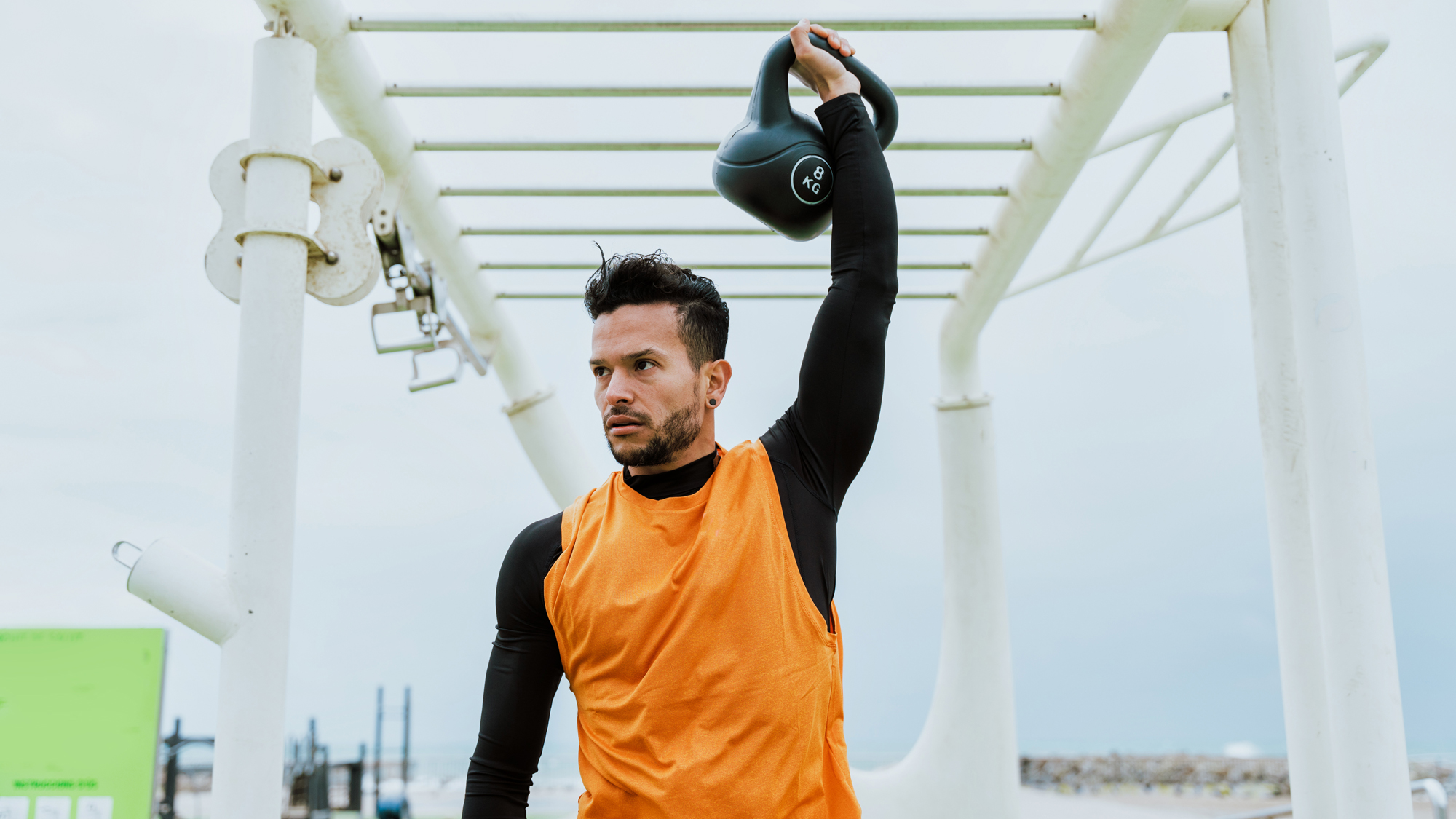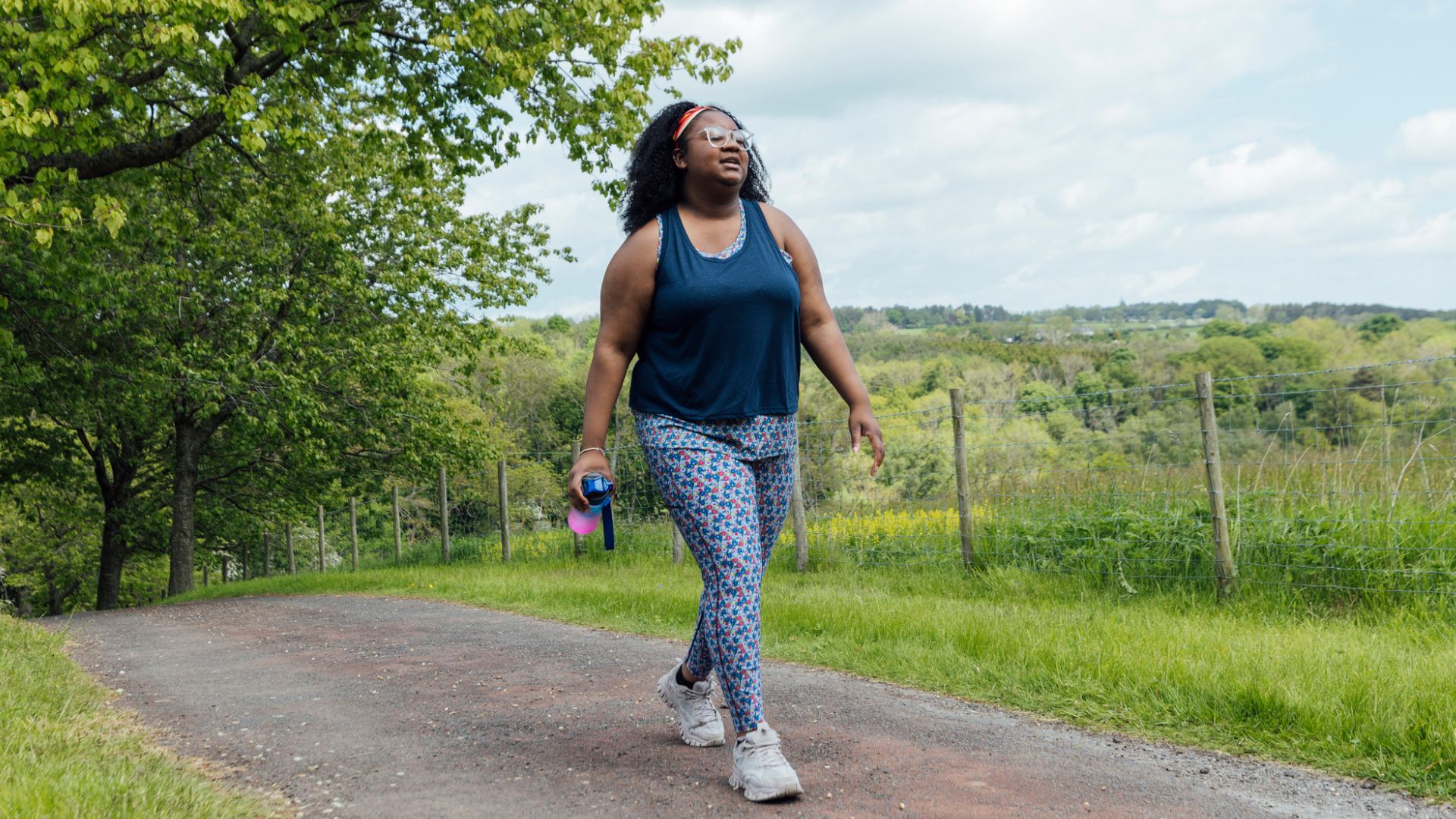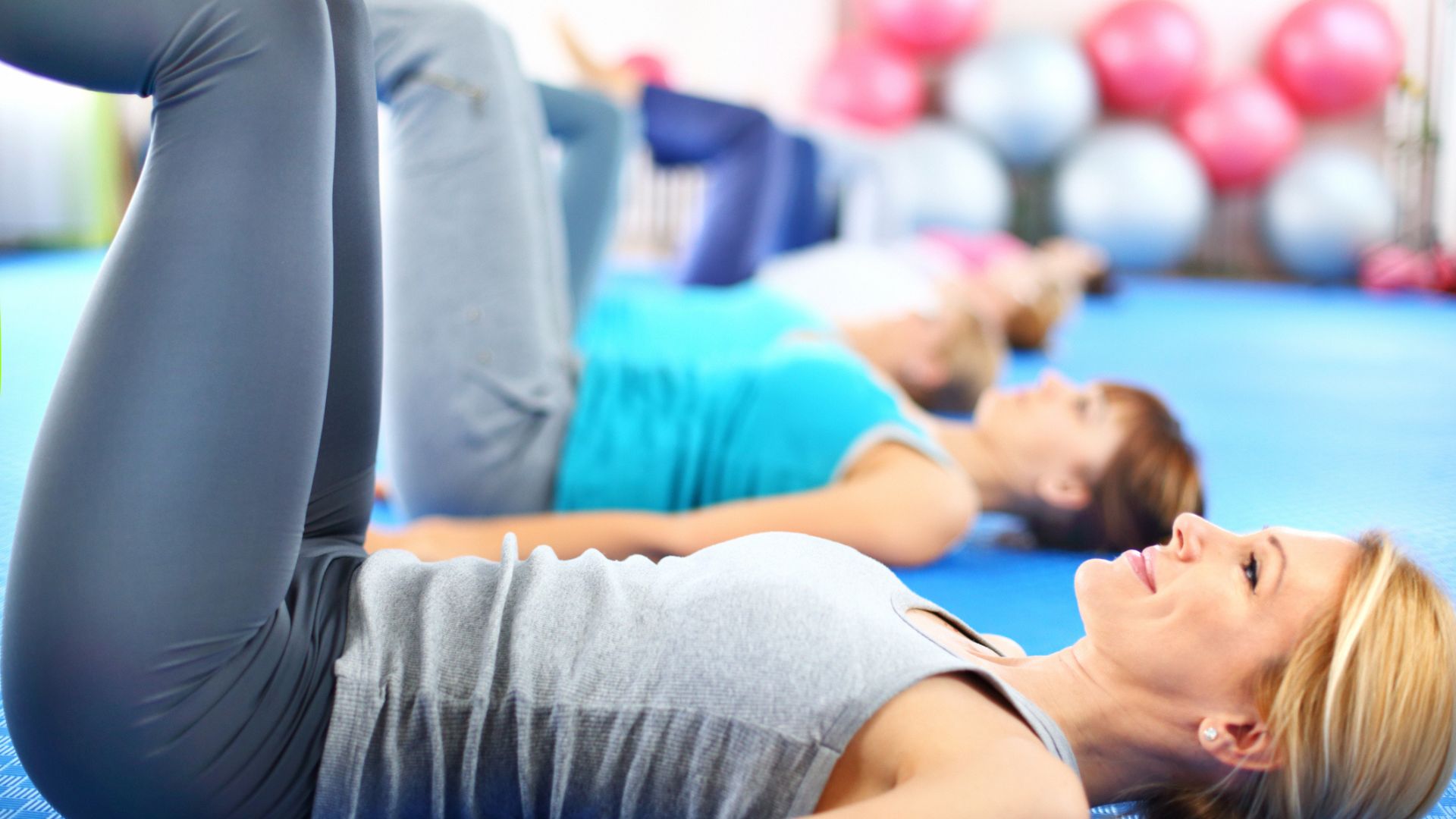Just 10 minutes of kettlebell exercise can develop core strength and burn fat—here's how
These versatile weights are a great way to burn fat, build functional muscle, and hit your goals


We used to think that going to the gym and training on weights machines and cardio equipment was the only way to hit our fitness goals. But you can improve your fitness, build upper body muscle, and develop core strength in as little as 10 minutes with a kettlebell.
If you're training at home, it's worth investing in one of the best kettlebells. You can use these versatile weights for fat-burning, muscle-building moves like kettlebell swings or as a way to increase the load of bodyweight exercises like squats.
But you don't have to spend hours at the gym to begin to see results—just 10 minutes of kettlebell exercise a day might be enough to build functional muscle and burn fat, according to personal trainer Mark Wildman.
According to Wildman, "kettlebells have six basic movements that you can do; a swing, a clean, a snatch, a squat, a press, and a get up," and these moves help build functional, practical muscle that you need for everyday life.
"If you do 10 minutes of [high-intensity kettlebell exercise] every day, then it does meet most of the fitness requirements that you will need to have... a foundation of fitness," but the key is to start with a longer workout before gradually condensing the routine into 10 minutes.
Wilder's explanation is backed up by research, too, as a study published in the International Journal of Exercise Science found that just two 12-minute kettlebell swing sessions a week can build strength and improve endurance.
Watch Mark Wildman's kettlebell Q&A
And adding a kettlebell to your training program can have impressive results, as a study published in The Journal of Strength and Conditioning Research found. The team compared kettlebell swings against jump squats across several measures.
Get the Fit&Well Newsletter
Start your week with achievable workout ideas, health tips and wellbeing advice in your inbox.
The researchers saw a 12% increase in maximum strength for the kettlebell swing participants, compared to a 7.7% increase for the jump squat group. Similarly, the kettlebell group recorded improvements in explosive strength too.
Wildman suggests initially starting with 20 minutes of high-intensity kettlebell exercise, paying close attention to your form. This is important as it'll help you get the most from your training and avoid injury, an essential consideration when working with weights.
If you're new to resistance training, this kettlebell workout for beginners is a great place to start. The routine includes five moves to train your whole body for a quick muscle-building workout, or you can repeat the round for a more extended session.
After working all these different muscles, you'll probably start to feel the effects of delayed onset muscle soreness (DOMS). Helpfully, you can give yourself a quick massage with one of the best foam rollers to reduce the pain and promote recovery.

James is a London-based journalist and Fitness Editor at Fit&Well. He has over five years experience in fitness tech, including time spent as the Buyer’s Guide Editor and Staff Writer at technology publication MakeUseOf. In 2014 he was diagnosed with a chronic health condition, which spurred his interest in health, fitness, and lifestyle management.
In the years since, he has become a devoted meditator, experimented with workout styles and exercises, and used various gadgets to monitor his health. In recent times, James has been absorbed by the intersection between mental health, fitness, sustainability, and environmentalism. When not concerning himself with health and technology, James can be found excitedly checking out each week’s New Music Friday releases.
-
 A walking coach says this exercise trend can help you hit 10,000 steps a day—here's how
A walking coach says this exercise trend can help you hit 10,000 steps a day—here's howThe 666 walking trend could get you to your target
By Lou Mudge
-
 A Pilates instructor says this is the beginner-friendly core exercise everyone should try
A Pilates instructor says this is the beginner-friendly core exercise everyone should tryForget crunches, this is the perfect foundation move
By Alice Porter